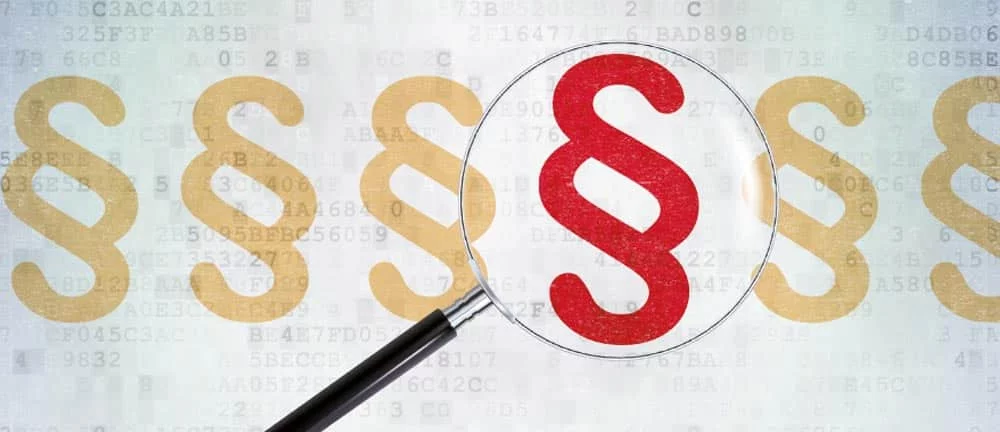Dr. Jekyll and Mr. Hyde?


The introduction of nine document types was the logical consequence for the digital age - after "order-to-cash" and "procure-to-pay" last year. Well timed before Sapphire Now in Orlando, where Bill McDermott introduced C/4 Hana (a CRM tool without third party).
Another topic was almost lost in the licensing fray: About a year after SAP's Indirect Access focus and the introduction of transaction-based licensing, SAP introduced the formal separation of Sales and the SAP Global License Audit and Compliance Team (GLAC) on a global level.
The separation reminds me of Dr. Jekyll in Stevenson's famous story. He manages to split off the bad part of his being from himself and make it into a person of his own.
However, I'm having trouble assigning which area is Mr. Hyde here. The separation is to ensure that the sales team can no longer trigger an audit or threaten the customer with an audit due to its independence - that's the plan.
Is SAP focused on enforcing its IP rights or is it more strategic? While some may argue that the license audit provides the licensee with insight into complex licensing terms, most customers are still confused about products, license measurement and metrics.
The goals are the same for Dr. Jekyll and Mr. Hyde: increase sales or possibly introduce new products, technologies and/or licensing models that meet the manufacturer's goals.
With the announcement, there is a clear separation - the license audit team will drive compliance discussions to enforce contractual rights through various system measurement approaches such as annual USMM/LAW submission, audit verification and/or indirect access assessment, while the sales team will focus on being a trusted advisor that communicates product features and values. There will be more and more audits in the future.
Companies can also assume that auditors' bonuses are no longer tied to their sales organization's revenue, but only to the additional revenue they generate through audits.
Starting in November, SAP plans to automatically detect which of the above-mentioned nine document types a company uses during the annual survey by the USMM tool.
In the official whitepaper "SAP Global License Audit and Compliance Update", SAP outlines what the future of audits will look like: If customers chose to "do nothing," SAP will automatically gain more leverage in the next annual survey during the next contract negotiations.
If SAP then confronts a company with the Indirect Usage presumption, this will in many cases tempt them to accept the new document-based licensing.
To avoid losing control completely, it is important to review existing contracts and the current license portfolio now, to optimize license consumption and to exchange or decommission unused licenses.
This is because if a contract is adapted to the new licensing model, it is highly likely that new passages and definitions will overwrite old, useful parts of the contract.
In the course of contract negotiations, it becomes clear that the whole thing will cost a lot more than previously assumed. SAP will then propose to its customers that they switch directly to S/4 Hana as a solution in order to regain compliance as quickly as possible.
The stated goal is to get as many as possible to S/4 migration well before 2024. Over the many years we have been in business, we have not seen two SAP contracts that are the same. That's what's giving SAP a hard time.
The stated goal should be a win-win situation for both sides. By simplifying license agreement terms and usage transparency, customers can leverage these valuable insights and successfully negotiate better contracts with SAP, understand license compliance, and realize real cost savings.









